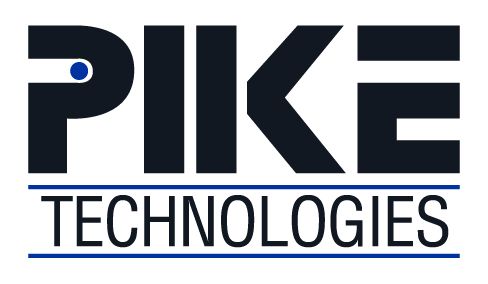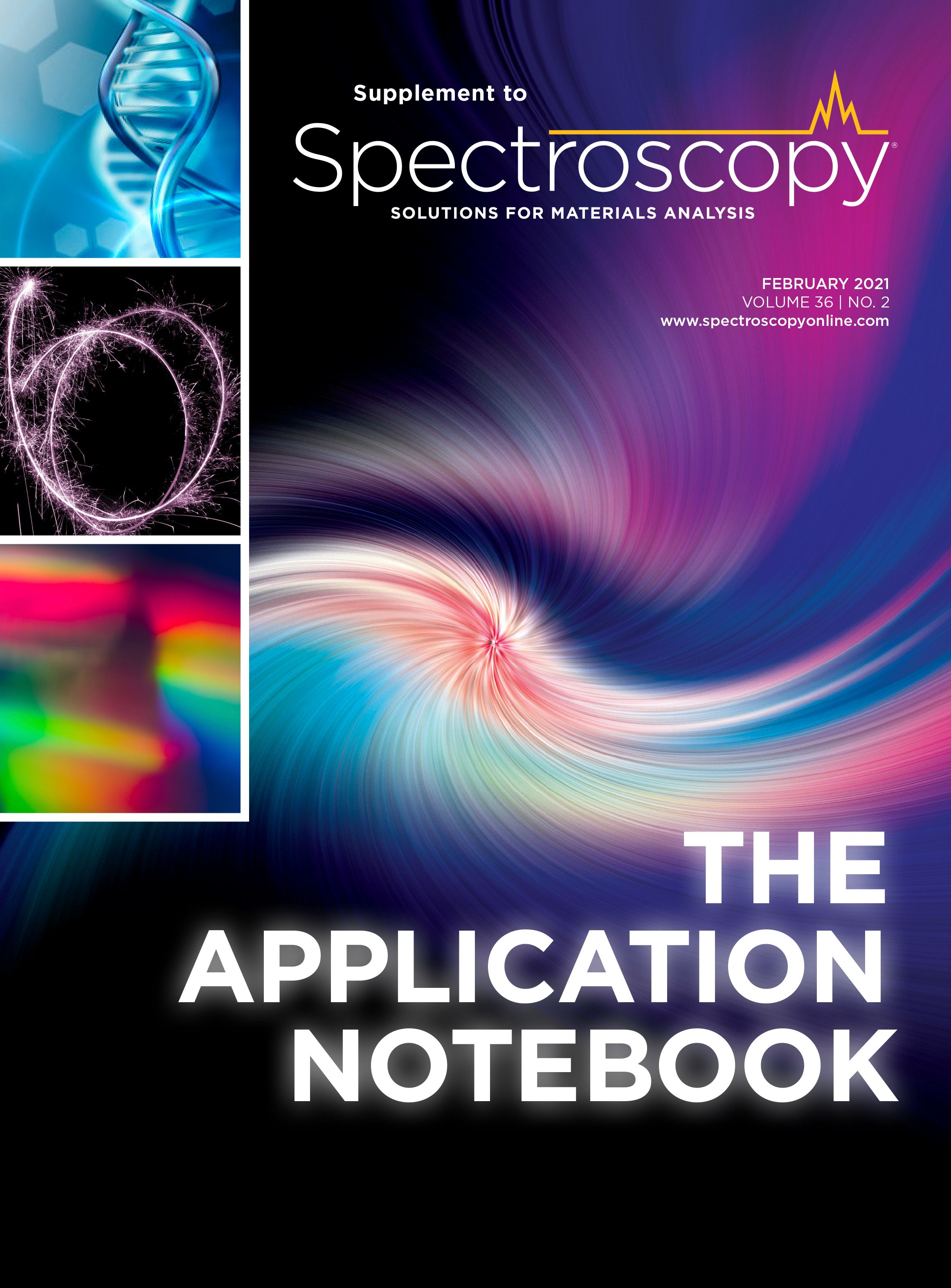News
Article
Application Notebook
Non-Destructive FT-IR Measurements via Diffuse Reflection Sampling
Author(s):

Fourier-transform infrared–attenuated total reflection (FTIR–ATR) sampling has become one of the most popular techniques for mid-infrared measurements. With its short pathlength, typically there is no sample preparation required. It is often thought of as non-destructive. However, when measuring non-particulate, solid samples by ATR, most often a high-pressure clamp is required to create intimate contact between the sample and ATR crystal surface, which is necessary for the collection of a high-quality spectrum. With applied pressures by the clamp of up to 10,000 psi, the clamp tip can leave a dimple in many softer, pliable samples.
In this application, the feasibility of measuring a polypropylene face mask by diffuse reflection as a non-destructive alternative to ATR was investigated.
Materials and Methods
Mid-infrared spectra of a 3-ply polypropylene face mask were collected using two sampling techniques, ATR and diffuse reflection. The single-reflection MIRacle ATR was equipped with a germanium crystal plate. The UpIR accessory was used for the diffuse measurement, and a diffuse gold disk served as the background reference. Both accessories are manufactured by PIKE Technologies. Then 30 s of data were co-added for each measurement at a 4 cm-1 resolution.
Results
The optical layout of the UpIR is shown in Figure 1. Unlike other diffuse reflection accessories, the UpIR has a large collection mirror that is positioned underneath—rather than above—the sampling platform, thereby allowing the sample to be placed face-down on top of the accessory. The UpIR is 23 cm tall (excluding baseplate), and extends above most FT-IR spectrometers. The optical design and height make the UpIR an ideal tool for measuring larger samples.
Figure 1: The UpIR diffuse reflection accessory and its optical design with simulated beam path.

Diffuse reflectance spectra may appear different from their transmission equivalent by exhibiting stronger-than-expected absorption from weak IR bands. A Kubelka-Munk (K-M) conversion can be applied to a diffuse reflection spectrum to compensate for these differences. This mathematical conversion is available in most FTIR software packages. Figure 2a and 2b show the spectrum before and after the K-M conversion, respectively.
Figure 2: Mid-infrared spectra of a three-ply face mask collected via (a) diffuse reflection, (b) diffuse reflection after the Kubelka-Munk conversion (blue) and ATR (red).

Comparing the face mask spectrum collected by diffuse reflection after the K-M conversion to the spectrum collected by ATR spectrum in Figure 2b, the fingerprint region of both techniques shows the characteristic bands of polypropylene, and are similar.
Conclusion
Mid-infrared diffuse reflection sampling may be a viable, non-destructive option for measuring pliable solids.
PIKE Technologies, Inc.
6125 Cottonwood Drive, Madison, WI 53719
Tel. (608) 274-2721, Fax (608) 274-0103
Website: www.piketech.com

Newsletter
Get essential updates on the latest spectroscopy technologies, regulatory standards, and best practices—subscribe today to Spectroscopy.





